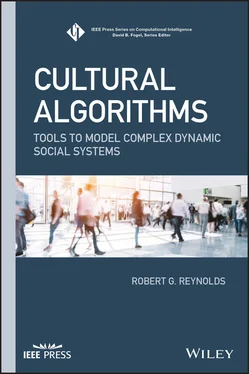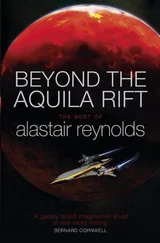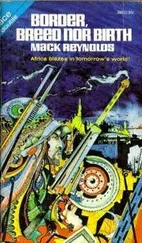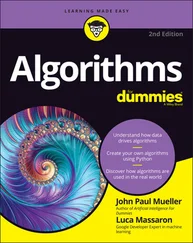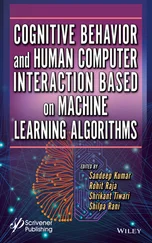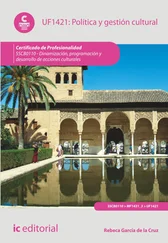Chapter 9by Stanley et al. describes the design of the parallel Cultural Algorithm, CAPSO. While CAPSO was designed initially to deal with the intensive parallelism inherent in the Peru Fishing computations, they were interested in how parallelism was actually needed to support the efficient solution of benchmark problems in multiobjective optimization. Often algorithms are tweaked to produce better results relative to existing benchmarks. That way, individuals can compare their approach with the solutions provided by other systems. This often results in algorithms that may be more tailored to the needs of the benchmark problems than those of the real world.
When CAPSO was applied to a representative set of benchmark problems, two basic patterns emerged. First, very little parallelism was needed to find an efficient solution of each of the problems. At most, around 30 parallel threads were needed as compared to the hundreds required for the fishing example. Second, the knowledge sources most frequently used to guide the search were exploitative in nature, rather than exploratory. The mathematical formulations of the examples were such that once explorations found a piece, the exploiter knowledge sources were able to fill in the rest. So the parallelism that was observed was primarily due to the exploration portion, which contributed to the overall computational time in a limited way.
Like Chapter 8, Chapter 10also deals with cultural change. However, Chapter 8dealt with relatively local and short‐term change, but the scale of change is markedly different in Chapter 10. The paper by Palazzolo et al. examines the use of Cultural Algorithms on a much larger scale project, one that involves hundreds of square miles and thousands of years. The Land Bridge project is an NSF supported cooperative project between the University of Michigan‐Ann Arbor and Wayne State University [9]. The project used AI technology to create a virtual world model of an ancient environment, now submerged under over a hundred feet of water in Lake Huron. The goal of the project is to predict the location of archaic hunting sites that existed over 10 000 years ago. This was done by producing a model of caribou behavior and using Cultural Algorithms to guide the production of optimal migration paths for large caribou herds across the ancient landscape; the assumption was that hunting sites and activities were positioned relative to these migration pathways. Cultural Algorithms were then employed to produce a system that used knowledge from the anthropological literature to predict hunting site location. The results were used to guide researchers to previously undiscovered sites.
1 1 Reynolds, R.G. (1999). An overview of Cultural Algorithms. In: Advances in Evolutionary Computation (eds. D. Corne, M. Dorigo and F. Glover), 367–378. New York: McGraw‐Hill.
2 2 Jayyousi, T.W. and Reynolds, R.G. (2014). Extracting urban occupational plans using cultural algorithms [application notes]. IEEE Computational Intelligence Magazine 9 (3): 66–87.
3 3 Reynolds, R.G. (1978). On modeling the evolution of hunter‐gatherer decision‐making systems. Geographical Analysis 10 (1): 31–46.
4 4 en.wikipedia.orgLaws of Thermodynamics, 2020.
5 5 Reynolds, R.G. (2018). Culture on the Edge of Chaos. Springer.
6 6 Woodward, P. (ed.) (1957). Entropy and negentropy. IRE Transactions on Information Theory. 3 (1): 3–3.
7 7 Morrison R., De Jong K. (1999). A test problem generator for non‐stationary environments. Proceedings of the Congress on Evolutionary Computing, pp. 25–31.
8 8 Marcus, J. (ed.) (2016). Coastal Ecosystems and Economic Strategies at Cerro Azul, Peru. The study of a Late Intermediate Kingdom. Ann Arbor, MI: Memoirs of the Museum of Anthropology, University of Michigan.
9 9 O’Shea, J.M. (2002). The archaeology of scattered wreck‐sites: formation process and shallow water archaeology in western Lake Huron. The International Journal of the Nautical Archaeology 31 (2): 211–247.
1 This work was supported by grant NSF #1744367.
2 The Cultural Algorithm Toolkit System
Thomas Palazzolo
Department of Computer Science, Wayne State University, Detroit, MI, USA
The Cultural Algorithm Toolkit (CAT) System is a test bed toolset environment designed to exhibit the implementation of the Cultural Algorithm across a wide variety of mathematical problems. These problems can vary from multivariable equations, to optimal dimensions of a machined component, to a three‐dimensional landscape comprising simple conical shapes.
A major component of the system's use in analyzing the implementation of the Cultural Algorithm has to do with its visualization capabilities. For problems that yield up a landscape, such as the ConesWorld example, a full three‐dimensional model can be produced that shows the position of agents in this virtual world. For those problems that deal with abstract mathematical problems, the scored results of a knowledge source's progress during each generation of the run can be stored ( Figure 2.1).
In addition to visualizing the Cultural Algorithm as it works to find an optimal solution to a given problem, the CAT system also serves to make a number of aspects of the Cultural Algorithm modular and readily redefined by the user. The interface offers a panel that can display a number of variables, such as generations, landscape, and social network topology, and allows the user to alter them to suit a given experimental framework.
In Figure 2.2, a number of variables can be seen on the left panel. These variables control the operational parameters of the Cultural Algorithm. The Year Limit represents how many subsequent generations the system will run for, each year being a singular “tick” in the simulation. The Population Size is the number of agents that will take part in the simulation, those agents being divided up among the five Knowledge Sources that will either gain or lose influence on them as the simulation proceeds.
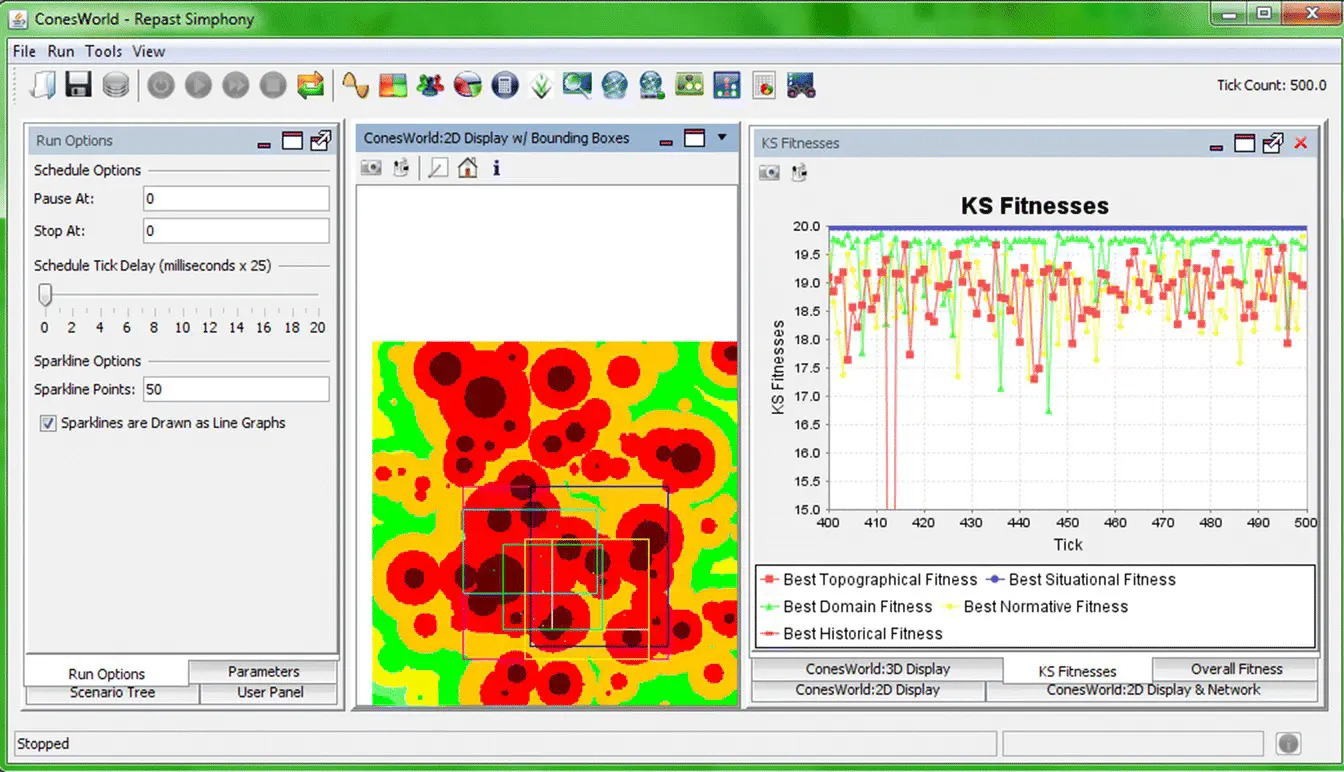
Figure 2.1 A sample of the CAT System displaying a visualization of the ConesWorld problem.

Figure 2.2 The CAT system's user interface panel.
The Landscape Limit allows some of the possible mathematical problems in the CAT System to update their topography. While some problems have a static form which is unchanging, some problems, such as ConesWorld, allow for a dynamic landscape which can, during the course of the simulation, change its shape, resulting in alternate optimal points created later in the simulation. The simulation will run its user‐defined number of generations (the Year Limit) repeatedly for each of these updating Landscapes with continuous agents and knowledge spaces retaining their data across the updates. An example of this setup of a Year Limit of 500 and a Landscape Limit of 5 would run for a total of 2500 generations, the topography of the problem changing 5 times during this simulation.
The Fitness option dictates which problem will be the focus of a given simulation. It is here that the user can switch between the mathematical problems available in the CAT System. Each Fitness Function has its own unique aspects and will be more closely detailed in the section “Fitness Functions”. Visualization options will change based on which Fitness option is selected, as visualizations such as the 2D Display and 3D Display are restricted to ConesWorld problems only, while Fitness displays are available to all Fitness Functions.
Читать дальше
